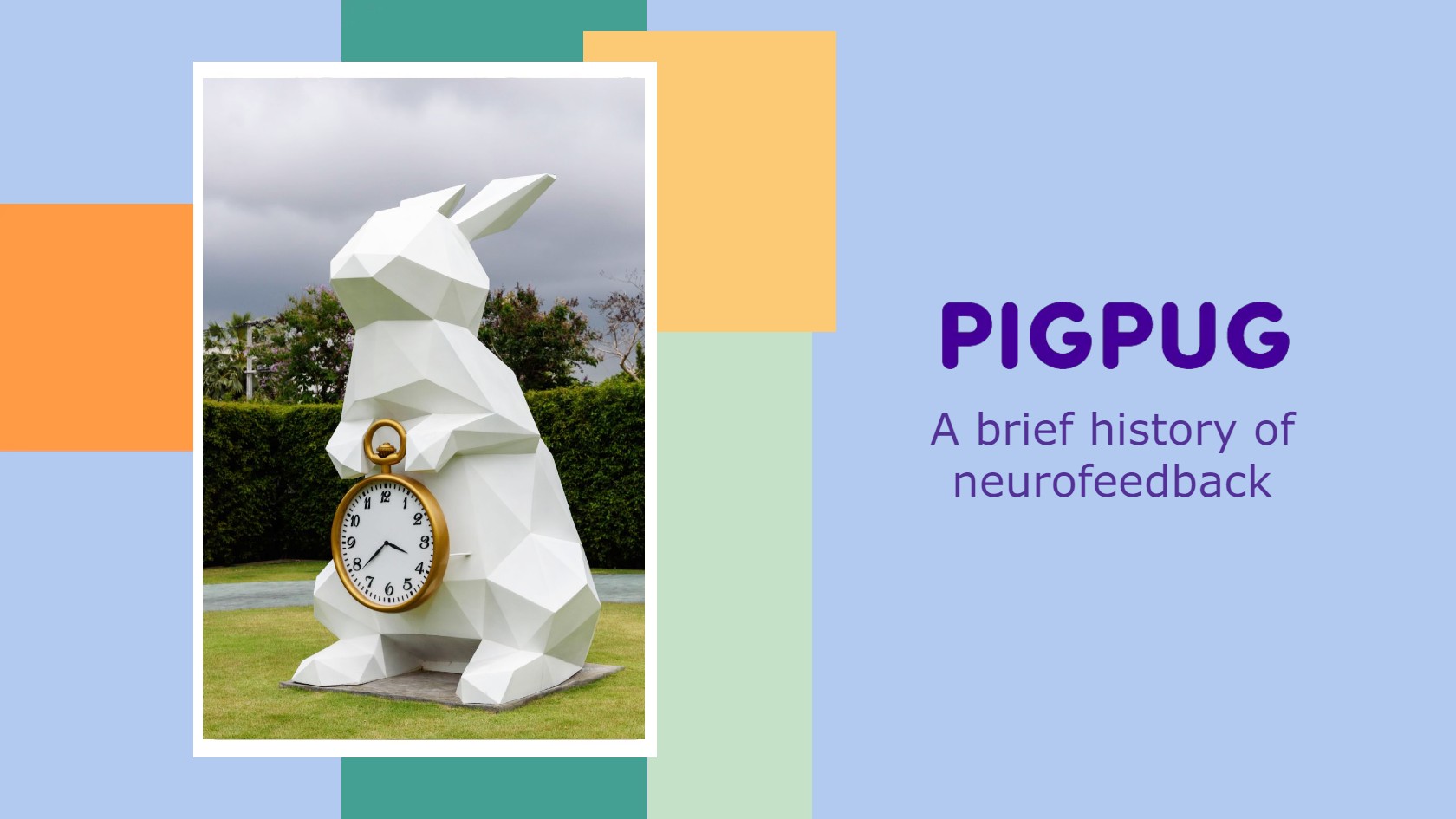Neurofeedback is a therapeutic technique that seeks to modulate and retrain brain function to address neurological and/ or psychological symptoms of concern.
One of the original demonstrations of the potency of neurofeedback involved what is termed the Sensori-Motor Rhythm (SMR), an EEG rhythm in the low beta range (12–15 Hz) derived from the EEG from the region of the scalp located over the sensorimotor strip.
Sterman and Friar (1972) demonstrated the first anticonvulsant effects in epilepsy.
Lubar and Shouse (1976) then described the successful application of this technique in a child with the hyperkinetic syndrome, a condition closely resembling what is now termed ADHD.
Several years later, these findings were replicated in a larger study (Shouse and Lubar 1979) and extended to the use of a modified protocol involving not only training of SMR but also of a slower rhythm called theta (4–7 Hz). This revised protocol was named Theta/Beta Neurofeedback (Lubar and Lubar 1984).
Subsequently, a slightly different form of neurofeedback was described, called Slow Cortical Potential (SCP) neurofeedback that was shown to not only have anticonvulsive properties in epilepsy but also clinical effects in ADHD. SCP’s are DC shifts related to positive or negative shifts in broadsheets of glial cells, representing increased activation (negativity) or decreased activation (positivity), and these very slow oscillations in the EEG associated with the readiness that transfers into daily life during learning.
Not all EEG frequencies being trained to have been shown to be efficacious in these conditions. For example, training of the posterior alpha rhythm (8–13 Hz) has failed to show clinical benefit in either hyperkinetic syndrome (Nall 1973) and epilepsy, suggesting specificity in the EEG parameter trained for successful neurofeedback.
Therefore, the first three well-investigated protocols (SMR, TBR, and SCP) have also been termed ‘standard neurofeedback protocols.
Neurofeedback is evaluated in the same way as psychological treatments, and in this regard, it is notable that for most effective psychological treatments, double-blind placebo-controlled studies are not possible and have not been conducted. Furthermore, by placing the effects and remission rates in the broader landscape of ADHD treatments, the reader will be provided with the relative merits of a range of treatment modalities.
Arns, M., Clark, C. R., Trullinger, M., deBeus, R., Mack, M., & Aniftos, M. (2020). Neurofeedback and Attention-Deficit/Hyperactivity-Disorder (ADHD) in Children: Rating the Evidence and Proposed Guidelines. Applied Psychophysiology and Biofeedback.






